This was published 5 years ago
The Smithsonian Institution, Washington DC: The mystery surrounding the famous museums
By Craig Platt
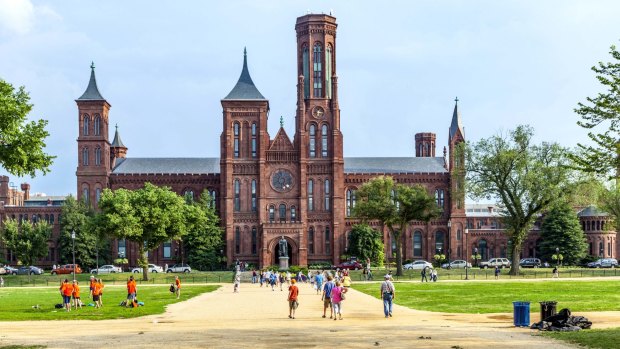
The original Smithsonian building, which now operates as the visitor centre for all the institution's museums.Credit: SHUTTERSTOCK
America's great cities are renowned for their museums and art galleries, but perhaps none more so than Washington DC, the nation's capital.
Here, spread along the vast National Mall are a multitude of huge museums covering history, art, science and more. And they all sit under the umbrella of a particular name: Smithsonian.
It's a common misconception, at least among foreigners (myself included), to consider the Smithsonian Institution to be a single entity – a major building somewhere in Washington dedicated to celebrating and exhibiting the highlights of America's history.
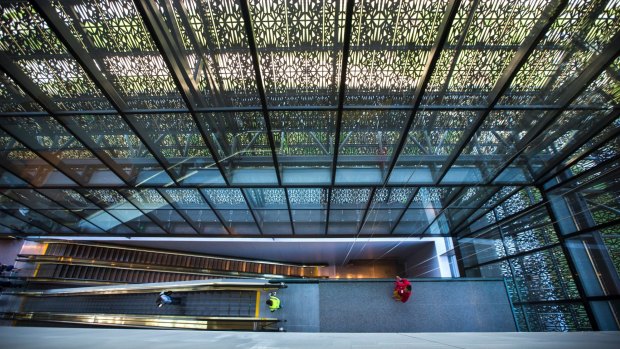
The newest addition to the Smithsonian, the National Museum of African American History and Culture, has proven so popular that a timed entry pass must be booked in advance.Credit: AP
In truth, "the Smithsonian" refers to a huge collection of museums, research institutes and cultural centres, largely based around that central parkland in the national capital.
But in this city where most buildings bear the names of famous presidents and founding fathers (the airport is named after Ronald Reagan, Bill Clinton's name lends itself to a complex of government buildings housing the Environmental Protection Authority), where does the name "Smithsonian" come from? Particularly since there's no president in US history named Smith or Smithson.
The Smithsonian's origins are a bizarre quirk of history that seem baffling from a modern perspective.
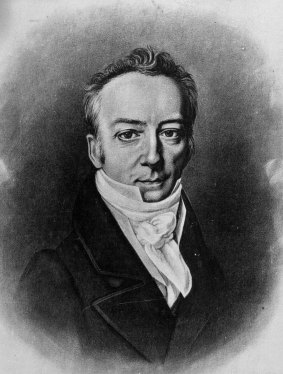
James Smithson never actually visited the United States.Credit: Smithsonian Institution Archives
The institution is named for James Smithson, a scientist who, upon his death in 1829, left his considerable estate to the US specifically in order for the country to establish "at Washington, under the name of the Smithsonian Institution, an establishment for the increase and diffusion of knowledge."
While this, in itself, may not seem so unusual – it is common, after all, for wealthy benefactors to donate money to universities and other institutions of learning – Smithson's case was remarkable for one major reason. The Englishman, born in 1765, never visited the US.
Why did this man, whose estate was valued at $500,000 at the time (equivalent to 1/66th of the entire US federal budget), donate all this money to a country he had never seen? Even the Smithsonian doesn't know the answer.
According to the Institution, Smithson never wrote about why he chose to donate the money or discussed it with his family or friends. Theories abound, though a popular view is that he saw something in the US, a modern democracy freed from monarchy, that appealed to him.
It took another 17 years after Smithson's death before the US congress could accept and then decide exactly what they were going to do with the money, eventually establishing the Smithsonian in 1846.
More than 170 years later, the Smithsonian museums have grown to become Washington's biggest attraction, and the largest museum complex in the world.
For visitors, it's hard to know where to begin, as many of the museums can take at least a day to explore on their own. Fortunately most of the major ones are all in close proximity to one another along the National Mall. Though it should be noted that mall itself is three kilometres long, with the Capitol Building at one end and the Lincoln Memorial at the other, with the striking obelisk of the Washington Monument in between.
Happily the city offers an excellent bike share scheme, so it's easy to grab a bicycle and ride from one museum to the other.
For those with limited time in the city, three of the most important of the museums to visit are the National Air and Space Museum, the National Museum of American History and National Museum of Natural History (it should be noted that the former is about to undergo a huge, seven-year renovation that will see several galleries closed, though many of the major exhibits will still be open).
One of the great things about the Smithsonian museums are that they are free to enter, which means if you run out of time you can always come back again (as I did at the Air and Space Museum) without having to buy a ticket. The exception is the Smithsonian's newest museum, the National Museum of African American History and Culture, which has proven so popular that you need to book timed entry pass online in advance (but entry is still free).
The success of this latest addition to the Smithsonian's collection of museums shows that the legacy of the mysterious Smithson lives on today, and likely will continue for centuries to come.
Five must-see items in the DC Smithsonian museums
It's pointless trying to cover all the highlights of the Smithsonian museums, but here are five-must see exhibits.
The Wright Flyer
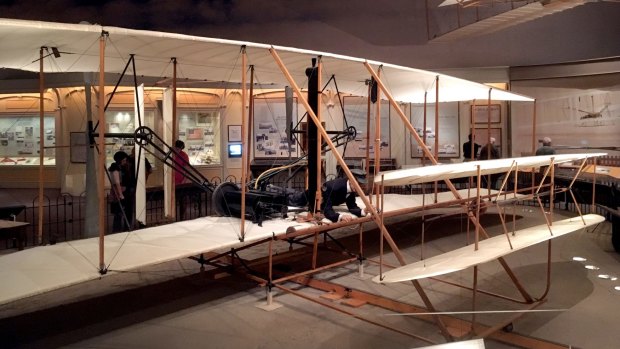
Credit: Craig Platt
Where: National Air and Space Museum
Yes, the original plane built by the Wright brothers, Orville and Wilbur, can be found here. The first successful manned, powered flight, the Flyer was built by the brothers using their engineering experience as bicycle makers. They likely never imagined what their invention would lead to fewer than 60 years later, when humans first walked on the moon.
John Glenn's space capsule
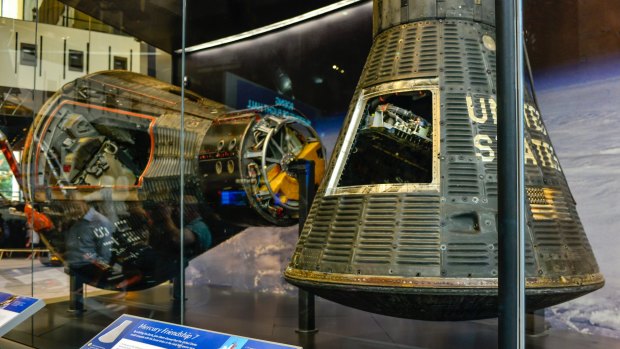
Credit: Alamy
Where: National Air and Space Museum
In 1962, astronaut John Glenn became the first American to orbit the Earth. His tiny vehicle, Friendship 7, is one of a multitude of historic spacecraft at the museum.
Abraham Lincoln's hat
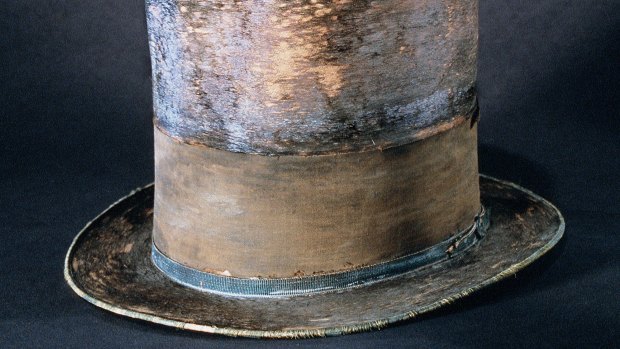
Where: National Museum of American History
Lincoln's iconic look, with his moustache-free beard and stovepipe hats, is a defining image in American history. One of his famous hats is on display at this museum, but it is not just any hat – it's the actual hat he wore on that fateful night at the Ford Theatre in 1865 when he was assassinated.
The Hope Diamond
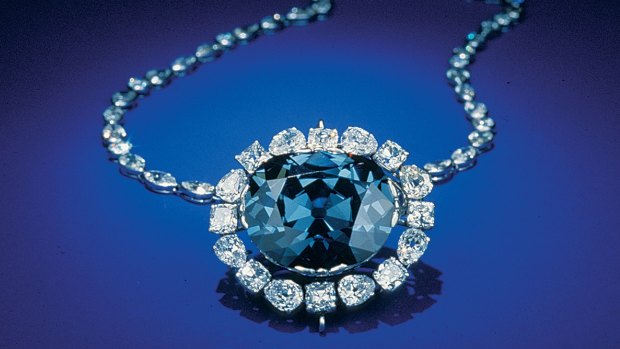
Credit: Dane Penland/Smithsonian Institution
Where: National Museum of Natural History
This spectacular blue gem has an equally spectacular history. Purchased by Louis XIV of France in the 1660s, it was confiscated during the French revolution and later stolen, making its way through various owners, including the jewellery house Cartier, before eventually being donated to the Smithsonian in 1958.
The crypt of James Smithson
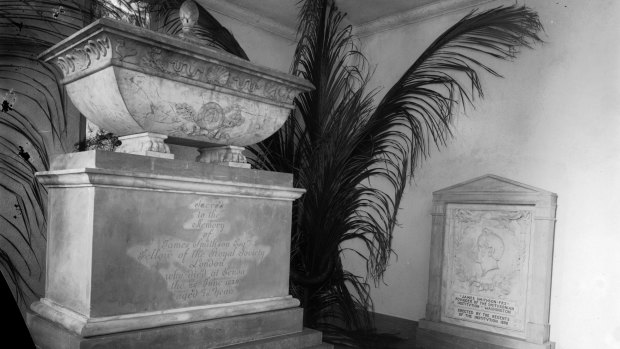
Credit: Smithsonian Institution Archives
Where: Smithsonian Institution Building, also known as "The Castle"
While Smithson never visited the US during his lifetime, his final resting place is a small room in the original Smithsonian building, which now operates as the visitor centre for all the institution's museums. His remains were entombed here in 1905, and while the crypt may not be as impressive as some of the museum's other highlights, it's still worth paying respects to the man who made it all possible.
TRIP NOTES
The writer travelled with assistance from Destination DC and Brand USA.
MORE
traveller.com.au/washington-dc
STAY
The Kimpton Carlyle Dupont Circle is in one of Washington's coolest districts, close to embassy neighbourhood and a short walk from the National Mall. Rooms start from $US129. See carlylehoteldc.com
Sign up for the Traveller Deals newsletter
Get exclusive travel deals delivered straight to your inbox. Sign up now.